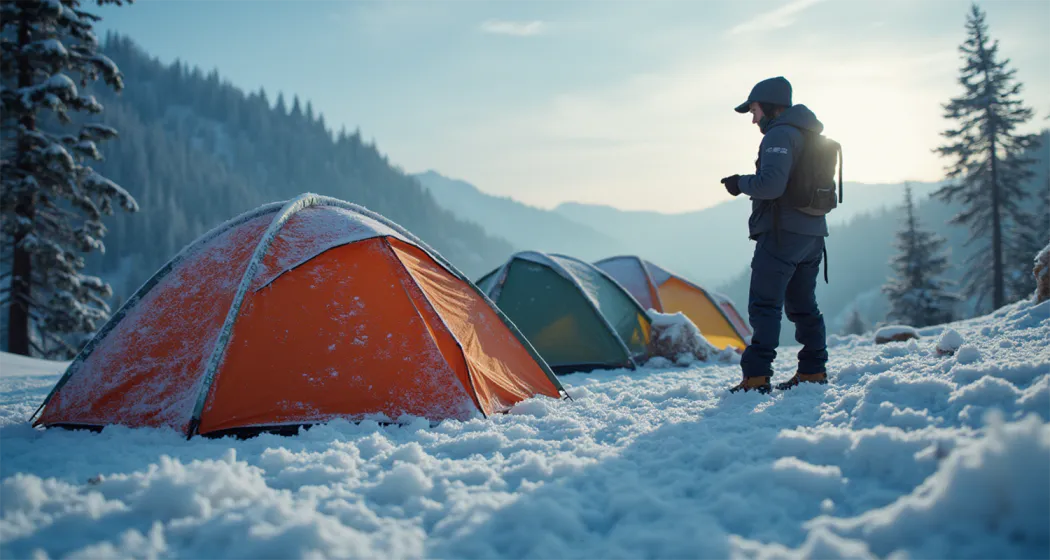
Cold Weather Camping? Here’s How to Stay Warm in a Tent All Night
The Chill That Changed My Camping Game
The frostbitten grass crunched under my boots as I zipped up my jacket tighter, questioning every choice that brought me to this icy campsite. My first winter camping trip was a stark lesson in unpreparedness. Shivering through the night, I learned how critical it is to stay warm in a tent. If you’ve ever felt the bone-chilling cold seep into your sleeping bag, you’ll understand the importance of preparation. This guide will ensure you never face a night like that.
Why Staying Warm in a Tent Is Crucial for Cold Weather Camping
Understanding the Risks of Cold Weather Camping
A few years ago, my friend Jake decided to camp near a frozen lake without fully preparing for the cold. By midnight, he was struggling to stay warm, and we had to share supplies to ensure he didn’t suffer from hypothermia. Cold weather camping isn’t just uncomfortable it can be hazardous. Exposure to extreme cold increases the risk of hypothermia, frostbite, and even long-term nerve damage. Additionally, a poor night’s sleep due to cold can sap your energy, making it harder to enjoy or safely navigate your trip.
Benefits of Staying Warm
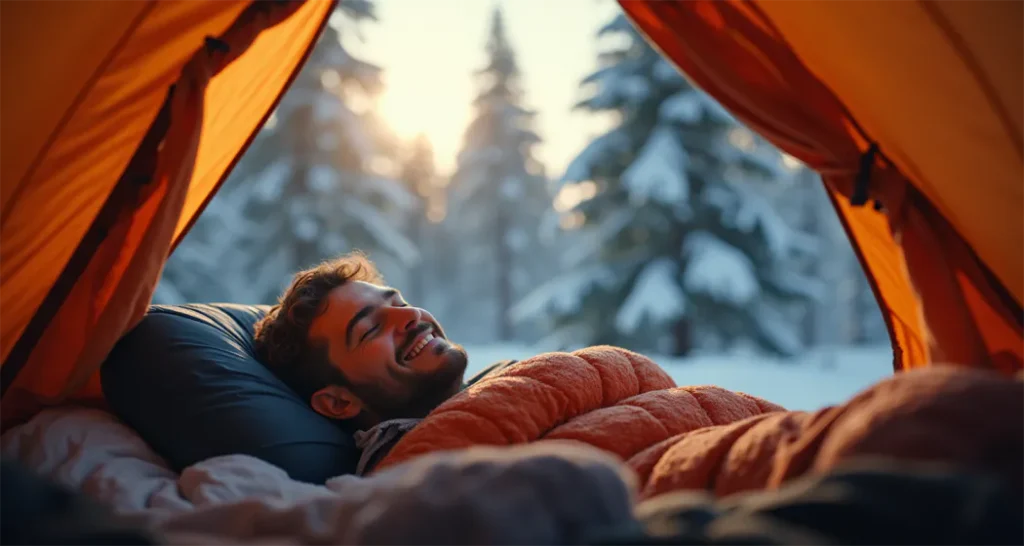
Staying warm in your tent not only protects your health but also ensures you sleep well. Imagine waking up refreshed, energized, and ready to trek through a snow-covered forest that’s the reward for proper preparation. A warm, restful night leaves you ready to appreciate the crisp beauty of winter landscapes.
Essential Gear for Staying Warm in a Tent
Invest in an Insulated Sleeping Bag
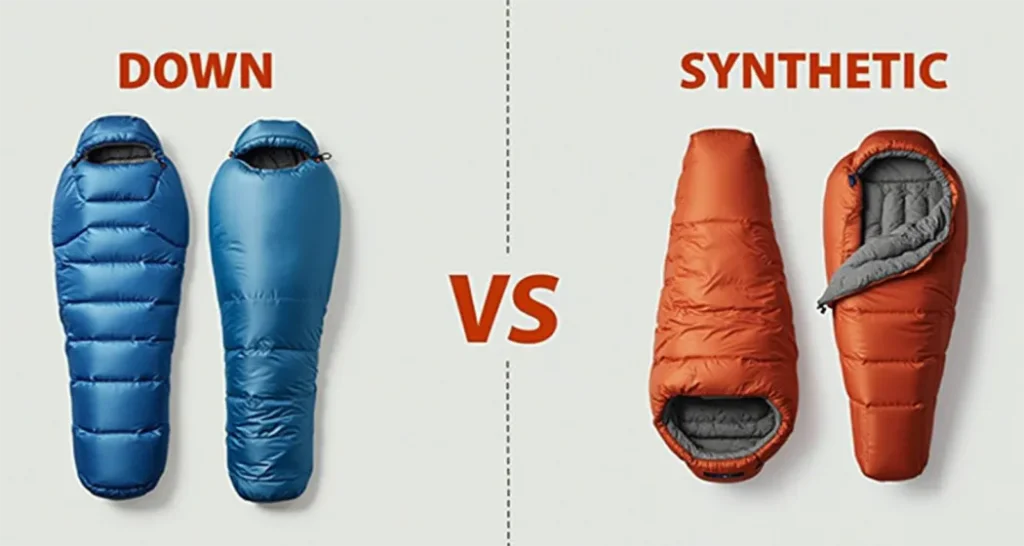
I’ll never forget the difference my first high-quality sleeping bag made. During one particularly frigid night in the Rockies, I stayed toasty while others complained about waking up freezing. Choose a bag rated for temperatures lower than you expect. Consider:
- Down vs. Synthetic Insulation: Down is lighter and compressible, while synthetic excels in wet conditions.
- Temperature Ratings: Opt for a bag rated at least 10 degrees lower than the expected temperature for added comfort.
Use a High-Quality Sleeping Pad
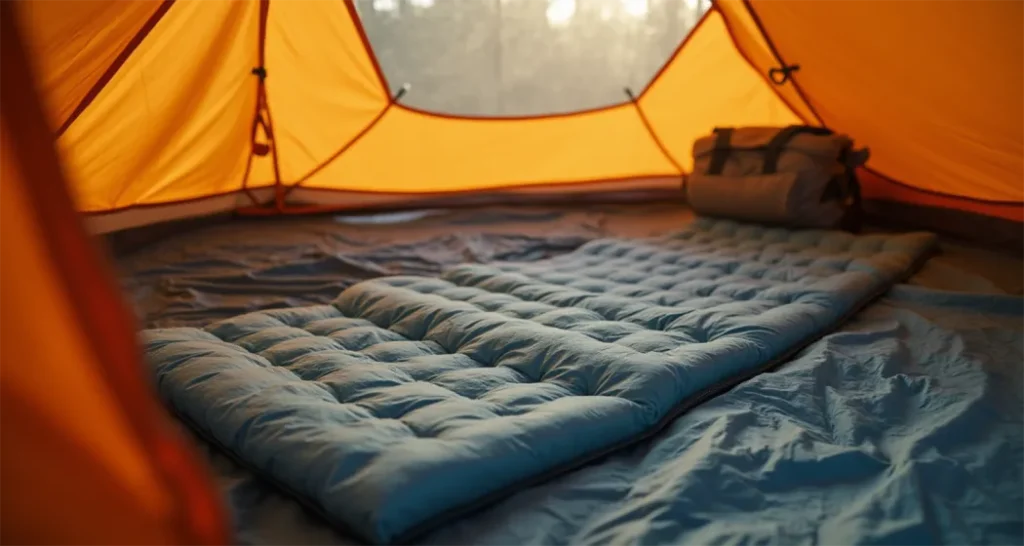
My cousin Lisa once tried to camp with only a thin foam mat. She learned the hard way that the ground can sap your heat faster than the air. A good sleeping pad is crucial for insulating you from the cold ground. Options include:
- Closed-Cell Foam Pads: Durable and lightweight.
- Inflatable Pads: Excellent for insulation and comfort.
- R-Value: Look for an R-value of 4 or higher for winter camping.
Choose the Right Tent for Cold Weather
When my group set up camp in a windy valley, our 4-season tent’s reinforced structure saved the night. A 4-season tent designed for winter camping provides better insulation and stability in snow and wind. Features to prioritize:
- Ventilation: Prevents condensation inside the tent.
- Double-Wall Construction: Offers additional warmth and protection.
Additional Accessories
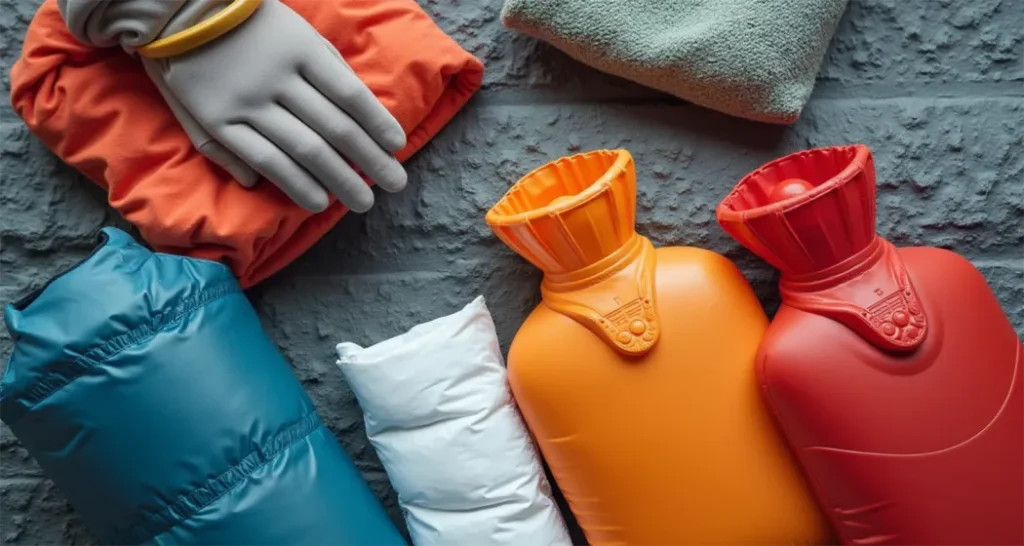
Small items can make a big difference. On one trip, a simple hot water bottle kept my feet warm all night.
- Space Blankets: Reflect body heat back toward you.
- Hot Water Bottles: A lifesaver when placed in your sleeping bag.
- Hand Warmers: Keep extremities warm through the night.
Dressing for Success: The Best Clothing to Keep Warm
Layering Basics
On a winter hike in the Adirondacks, I learned the importance of layering when a sudden snowstorm hit. Effective layering traps heat and provides flexibility:
- Base Layer: Moisture-wicking thermal underwear.
- Mid Layer: Insulating materials like fleece or down.
- Outer Layer: Waterproof and windproof jackets.
Don’t Forget Your Extremities
Years ago, I ignored advice to pack extra socks during a ski camping trip, and my frozen toes paid the price. Your head, hands, and feet lose heat quickly. Protect them with:
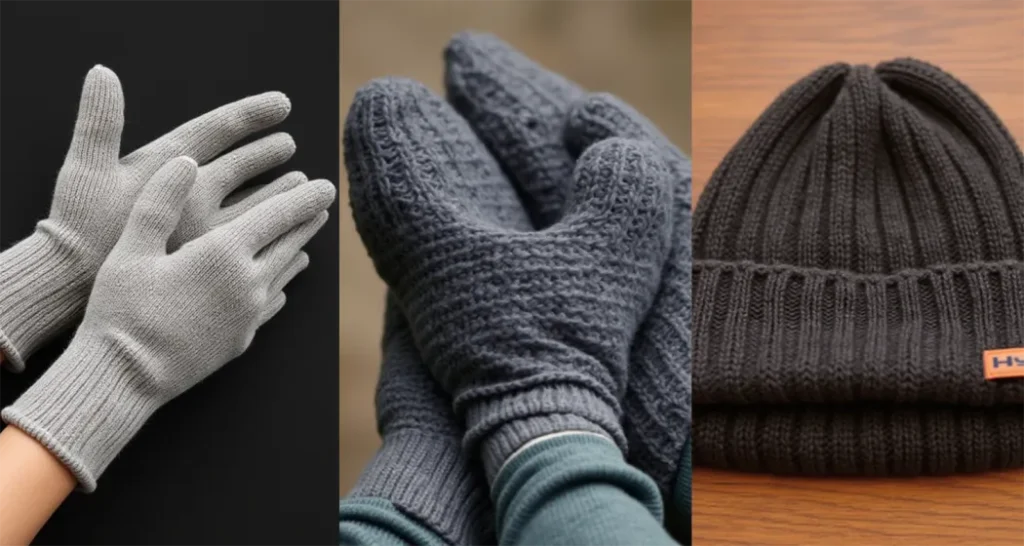
- Wool socks and thermal gloves.
- A beanie or balaclava to retain heat.
Avoid Cotton Clothing
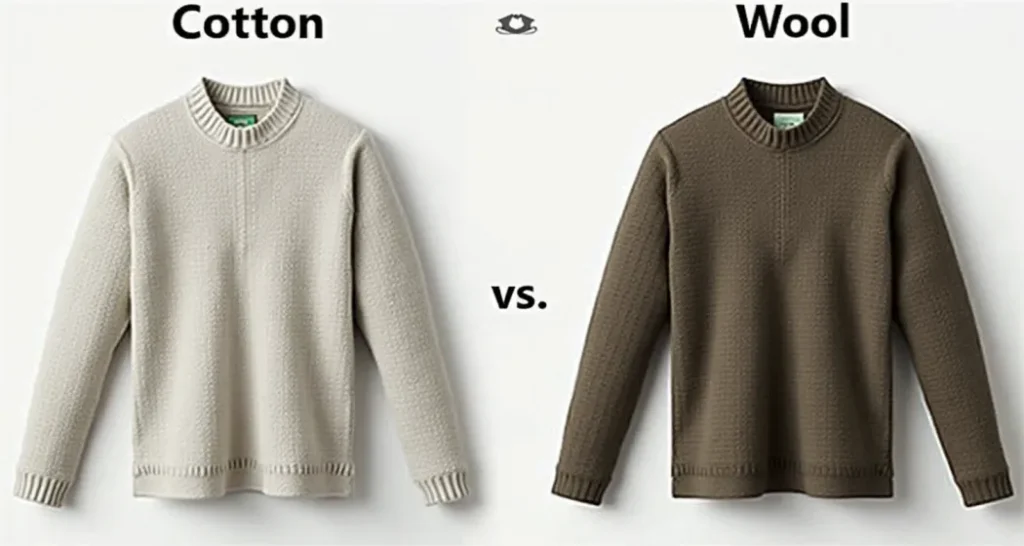
Cotton absorbs moisture, making you colder. Stick to wool, polyester, or fleece materials. I once made the mistake of wearing cotton thermals, and it felt like wrapping myself in ice.
Nightwear Tips
Changing into dry clothes before bed helps retain warmth. Dedicated sleeping clothes that stay clean and dry can make all the difference. My favorite pair of thermal pajamas has become a staple on every cold-weather trip.
Proven Techniques to Stay Warm All Night
Set Up Your Tent Properly
During a trip in Alaska, we learned that choosing the wrong campsite can ruin a night. A well-prepared tent site makes a significant difference:
- Location: Choose a spot sheltered from wind and away from low-lying areas where cold air collects.
- Ground Insulation: Use a tarp or footprint to add insulation between your tent and the ground.
Pre-Warm Your Sleeping Bag
On one snowy evening, I boiled water for a bottle and tucked it into my sleeping bag before climbing in. The warmth lasted for hours. Try these warming tricks:
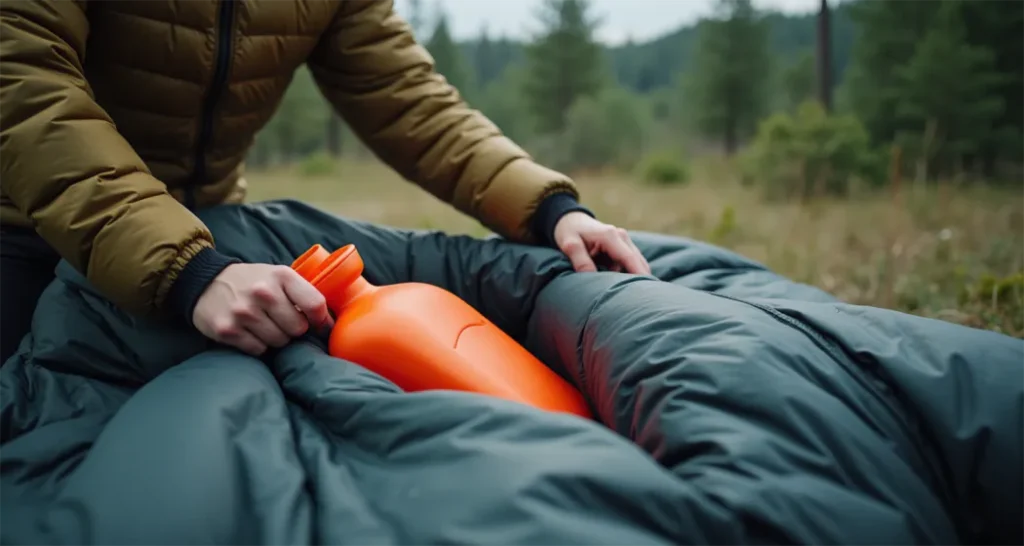
- Hot Water Bottle: Place it at your feet for lasting warmth.
- Hand Warmers: Tuck them inside your sleeping bag.
Keep Your Body Warm
Your body generates heat, so help it along. On a particularly cold hike, a trail guide suggested eating a candy bar before bed it worked wonders. Here’s how to stay warm:
- Eat a high-calorie snack before bed to fuel your metabolism.
- Do light exercises to increase blood flow and generate warmth.
Safety Tips When Using Heat Sources in Your Tent
Using Tent Heaters Safely
One camper I met shared a cautionary tale about improper heater use, which nearly led to carbon monoxide poisoning. Tent heaters can transform cold nights, but safety is paramount:
- Ventilation: Prevent carbon monoxide buildup by ensuring proper airflow.
- Heater Type: Use heaters designed specifically for tents, such as catalytic heaters.
Managing Campfires Near Tents
I’ll never forget the time a stray spark from a campfire burned a hole in my tent. While campfires are great for warmth, they require caution:
- Maintain a safe distance from your tent to avoid sparks.
- Extinguish the fire completely before sleeping.
Avoid Overheating
Overheating can lead to sweating, which may make you colder later. Balance is essential. I learned this during a trip where I piled on too many blankets and woke up drenched in sweat.
Additional Tips for Staying Warm While Camping
Prevent Moisture Build-Up in Your Tent
Condensation can ruin even the warmest setup. During a rainy trip, opening the tent vents saved our gear from getting damp. Here’s how:
- Use tent vents to promote airflow.
- Store wet gear outside the sleeping area.
Stay Hydrated
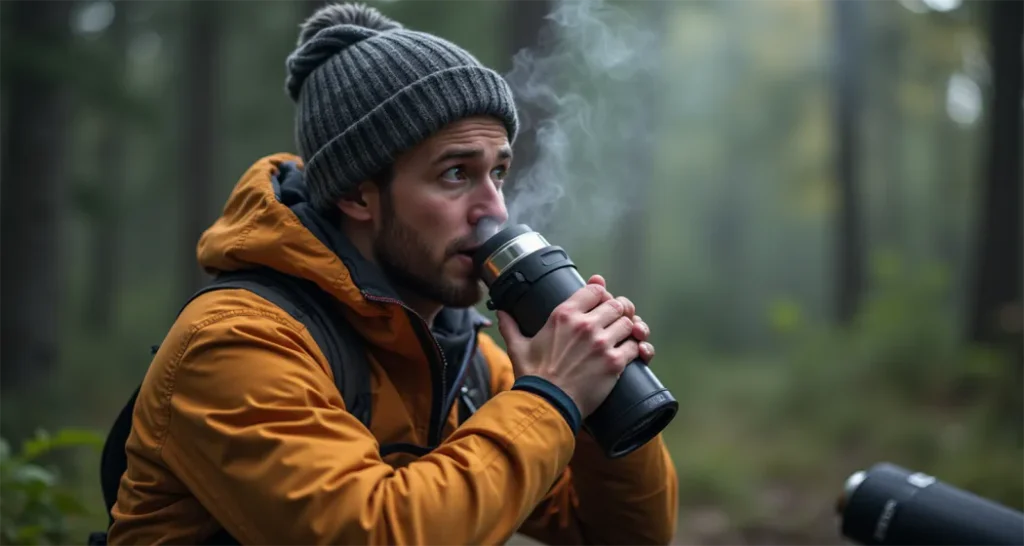
A friend once shared that drinking hot soup before bed works wonders for staying warm. Warm fluids help maintain body temperature. Try drinking hot tea or soup before bed.
Prep Your Tent Before Sleeping
Simple preparation goes a long way. On one trip, we fluffed our sleeping bags and organized our gear before dark, which made settling in much easier.
- Shake out your sleeping bag to fluff the insulation.
- Organize your gear to avoid scrambling in the cold.
Campsite Selection
Selecting an appropriate campsite can greatly enhance your camping experience. During one windy trip, finding a natural windbreak behind a line of trees saved the night. Avoid areas prone to wind exposure or cold air pooling. Look for natural windbreaks like trees or rocks.
Cold weather camping can be an unforgettable adventure for all the right reasons when you’re prepared to stay warm in your tent. With the right gear, clothing, and techniques, you’ll not only survive but thrive in the great outdoors. Don’t let the cold deter you from enjoying nature’s beauty. Start preparing for your next winter camping trip today and embrace the magic of the season!
Have your own cold weather camping tips? Share them in the comments below.
